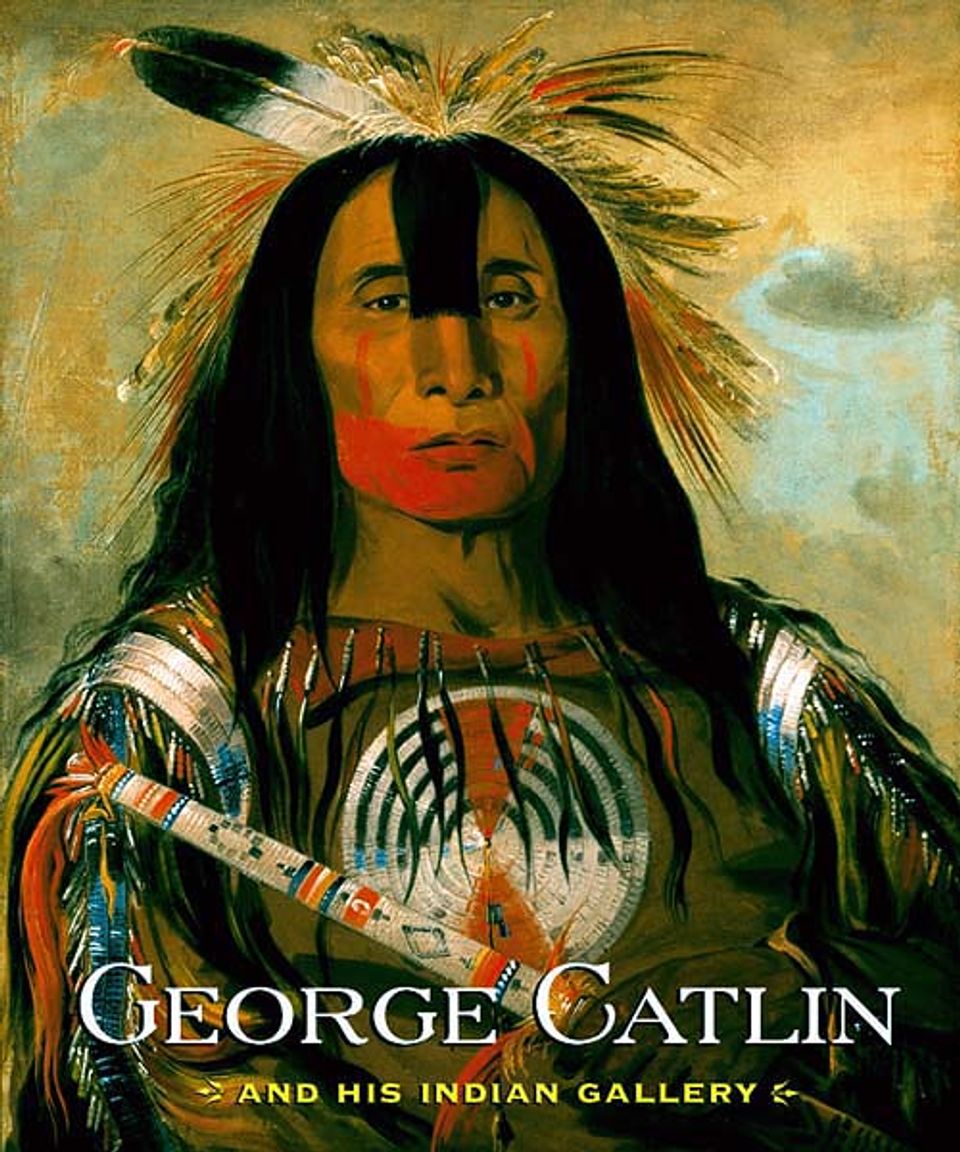Artwork Details
- Title
- Stu-mick-o-súcks, Buffalo Bull’s Back Fat, Head Chief, Blood Tribe
- Artist
- Date
- 1832
- Location
- Dimensions
- 29 x 24 in. (73.7 x 60.9 cm)
- Credit Line
- Gift of Mrs. Joseph Harrison, Jr.
- Mediums
- Mediums Description
- oil on canvas
- Classifications
- Highlights
- Subjects
- Object — other — smoking material
- Portrait male — Buffalo Bull’s Back Fat — bust
- Indian — Blackfoot
- Dress — Indian dress
- Object Number
- 1985.66.149
Artwork Description
This magnificent portrait was painted at Fort Union “from the free and vivid realities of life” rather than “the haggard deformities and distortions of disease and death” that George Catlin noted among frontier Indians. Buffalo Bull’s Back Fat (named after a prized cut of bison) was a chief of the Blackfoot, a tribe of the northernmost Plains whose territory straddled the present-day border between the United States and Canada. Catlin considered the people of the northern Plains the least corrupted by white contact, and he helped establish their image as nature’s noble people in Europe as well as America. This commanding portrait, for example, was exhibited to favorable notice in the Paris Salon of 1846. (Gurney and Heyman, eds., George Catlin and His Indian Gallery, 2002)














